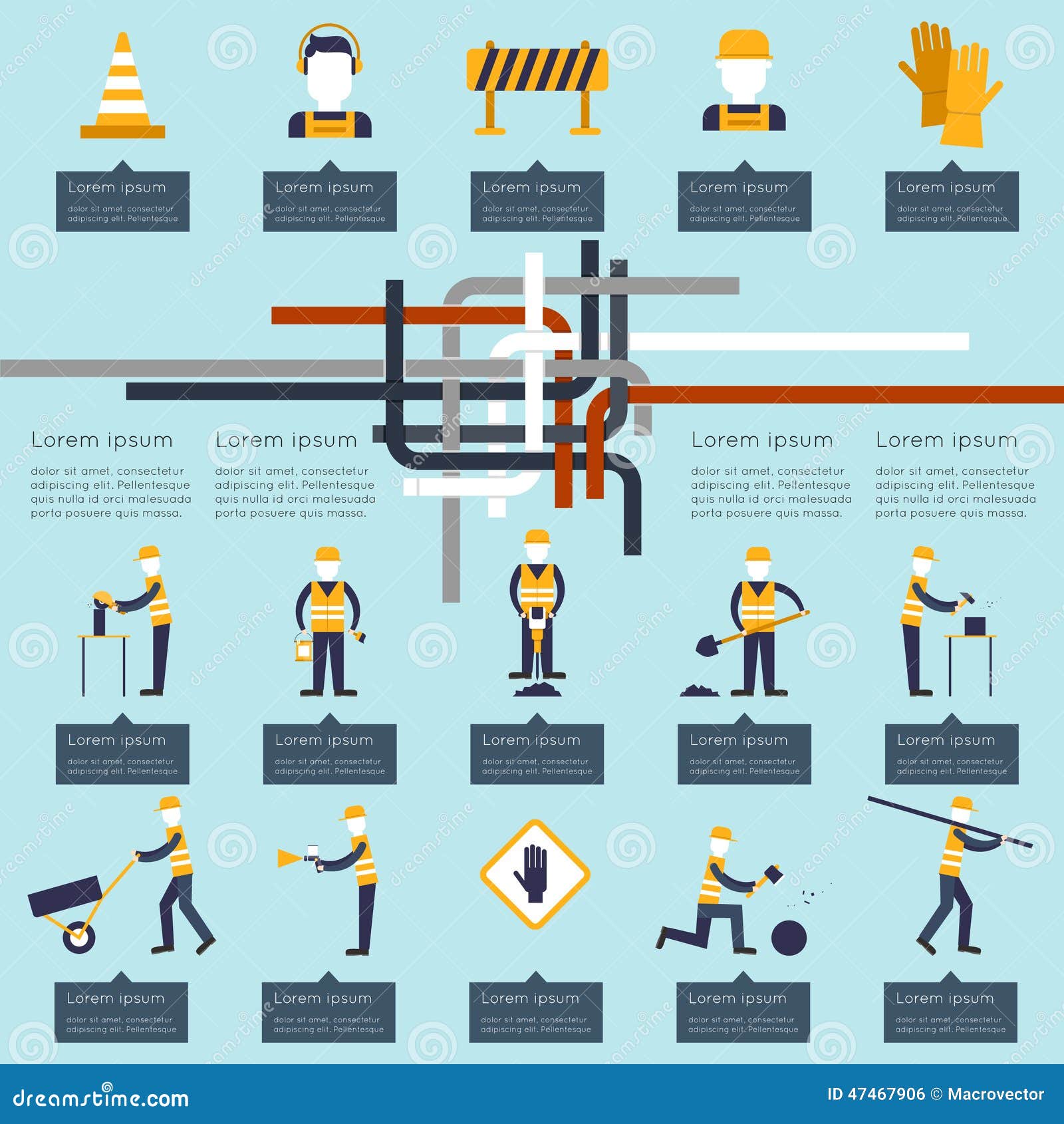Variables To Consider For Industrial Exterior Paint By Period: Necessary Information You Ought To Have
Variables To Consider For Industrial Exterior Paint By Period: Necessary Information You Ought To Have
Blog Article
Composed By-Leach Rodriquez
When you're planning an industrial outside painting job, seasonal variables can make or damage your results. You'll intend to think about just how temperature and moisture impact paint application and drying out times. Picking Web Site can guarantee your paint adheres effectively and lasts much longer. But which seasons are really the best for this sort of work? Allow's check out the key elements that can influence your project's success.
The Effect of Temperature on Paint Application
When you're intending a business external painting task, the temperature level can substantially influence just how well the paint adheres and dries.
Ideally, you want to repaint when temperatures vary between 50 ° F and 85 ° F. If it's too cold, the paint may not cure correctly, leading to issues like peeling off or splitting.
On the flip side, if it's also warm, the paint can dry too rapidly, preventing correct bond and resulting in an uneven coating.
You ought to also take into consideration the time of day; early morning or late afternoon provides cooler temperature levels, which can be more favorable.
Always examine the producer's recommendations for the details paint you're using, as they usually supply advice on the ideal temperature level range for ideal outcomes.
Humidity and Its Result on Drying Times
Temperature level isn't the only environmental aspect that influences your industrial exterior paint task; humidity plays a substantial role too. High moisture levels can slow down drying out times considerably, influencing the total quality of your paint job.
When the air is saturated with dampness, the paint takes longer to heal, which can bring about problems like poor attachment and a higher threat of mold development. If you're repainting on an especially humid day, be planned for prolonged wait times in between coats.
It's vital to keep an eye on regional weather and plan accordingly. Ideally, aim for humidity levels in between 40% and 70% for optimal drying out.
Maintaining these factors in mind ensures your task remains on track and provides a lasting coating.
Best Seasons for Commercial Exterior Paint Projects
What's the very best time of year for your industrial external painting projects?
Spring and very early autumn are commonly your best choices. Throughout commercial painting & coating contractor , temperatures are light, and humidity levels are typically lower, developing ideal conditions for paint application and drying.
Avoid summer season's intense heat, which can trigger paint to dry too rapidly, leading to inadequate adhesion and finish. In a similar way, wintertime's cool temperatures can prevent proper drying and curing, running the risk of the durability of your paint work.
Go for days with temperatures in between 50 ° F and 85 ° F for ideal outcomes. Keep in mind to inspect the regional weather prediction for rainfall, as wet problems can spoil your task.
Planning around these elements guarantees your paint project runs efficiently and lasts much longer.
Final thought
Finally, planning your business outside paint jobs around seasonal factors to consider can make a substantial distinction in the outcome. By scheduling work during the optimal temperature levels and moisture degrees, you'll ensure far better attachment and drying out times. Bear in mind to watch on neighborhood weather prediction and choose the correct time of year-- spring and early fall are your best bets. Taking these steps will certainly aid you accomplish a long lasting and expert coating that lasts.
